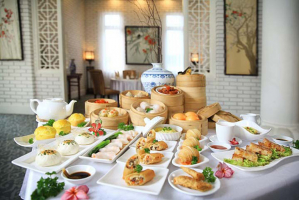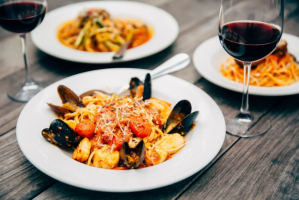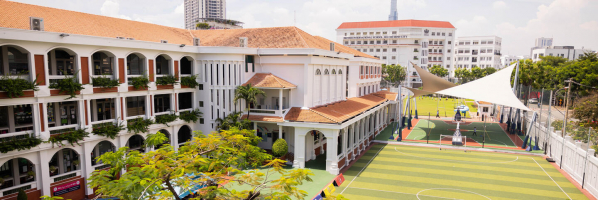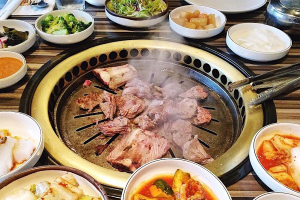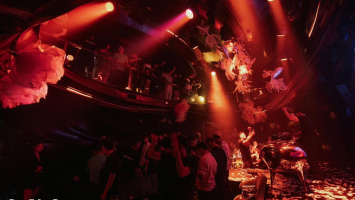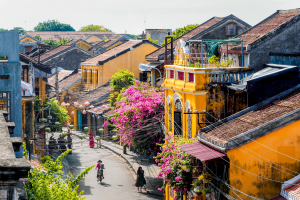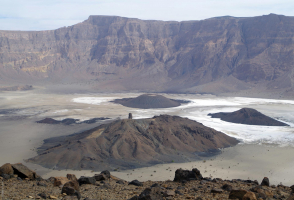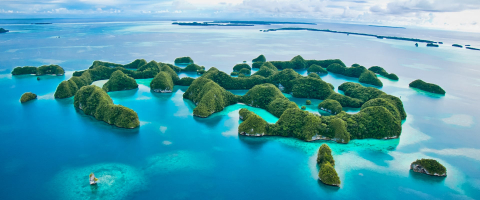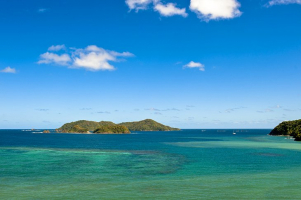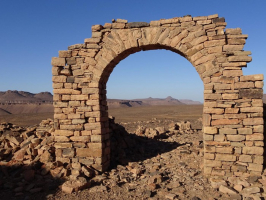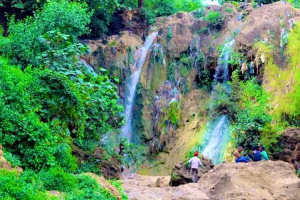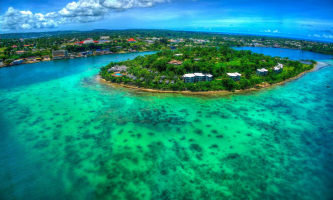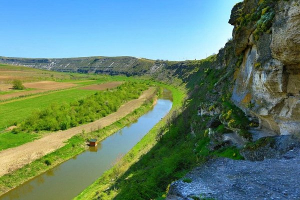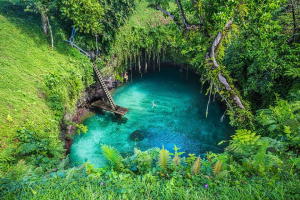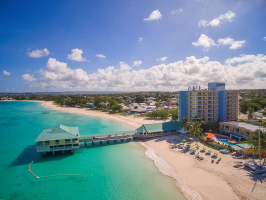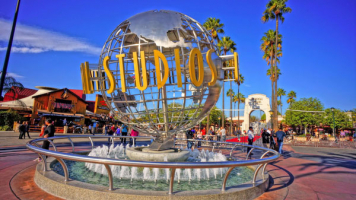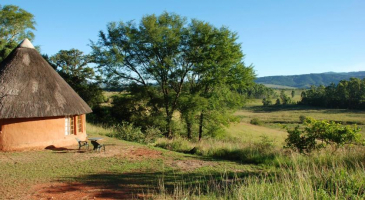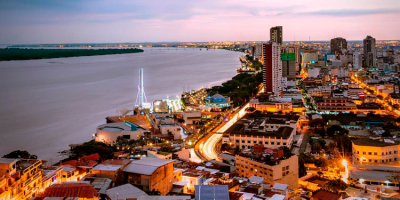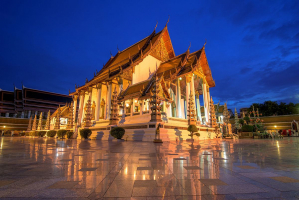Top 10 Best Tourist Attractions in Ho Chi Minh City, Vietnam
Ho Chi Minh City, formerly Saigon, is a popular tourist destination. The city is renowned for its vibrant life and impressive French architecture from the ... read more...colony’s era. For more ideas on the best places to visit and the most interesting things to do, read the list of the top attractions in Ho Chi Minh City.
-
The Cu Chi Tunnels, which are around 60 kilometers from Ho Chi Minh City, are a must-see half-day excursion and one of the most popular tours for visitors to the city.
The Viet Cong's military operations during the Vietnam War were based on this extensive tunnel system, which extends for more than 250 kilometers. The small tunnel served as living quarters for soldiers as well as hospitals, communication bases, hiding places, and supply routes. The opportunity to crawl down a part of the tunnel system is typically included in a tour; this experience enhances your appreciation of the tenacity and adaptability of the soldiers who lived here. The tunnels give a fascinating insight into the challenges encountered by soldiers throughout the fight and the tactics that strengthened the VC's resistance against American forces.
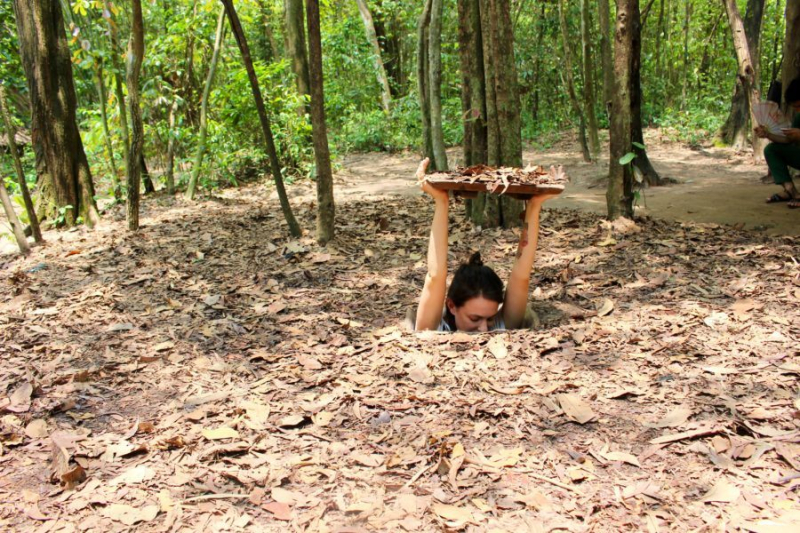
Cu Chi Tunnels 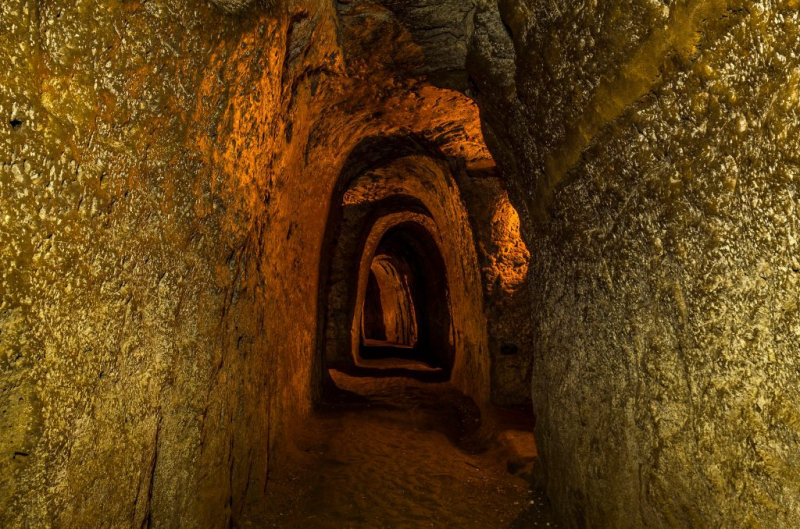
Cu Chi Tunnels -
One of the most popular museums in Vietnam is the War Remnants Museum, which features horrific exhibits on the horrors of war in this war-torn country.
Although some of the exhibits at the museum are related to the first Indochina War with French colonialists, the museum's primary focus is the Vietnam War. The majority of the exhibits consist of photographic images, some of which are heartbreaking, particularly the graphic pictures of young Agent Orange victims. A guillotine and the "tiger cages" used for Viet Cong prisoners are among the artifacts on exhibit. A remarkable display of the work of war photographers from both sides who died during the battles is also featured in the museum.
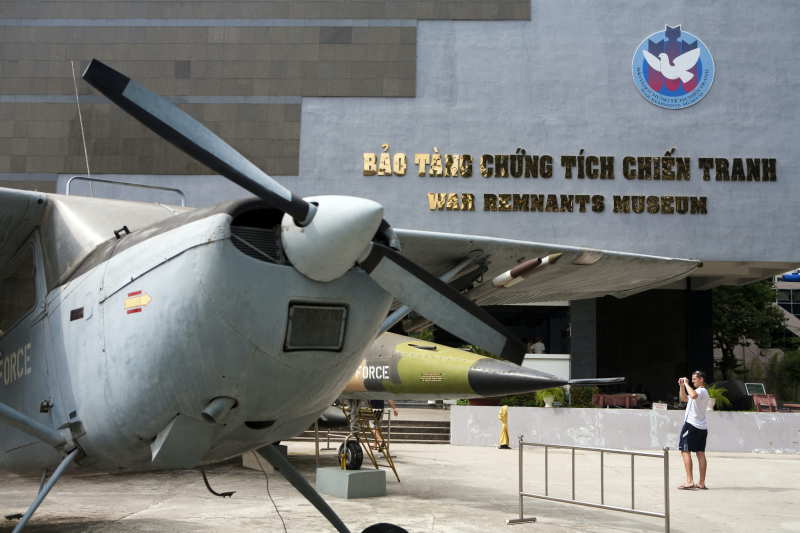
War Remnants Museum 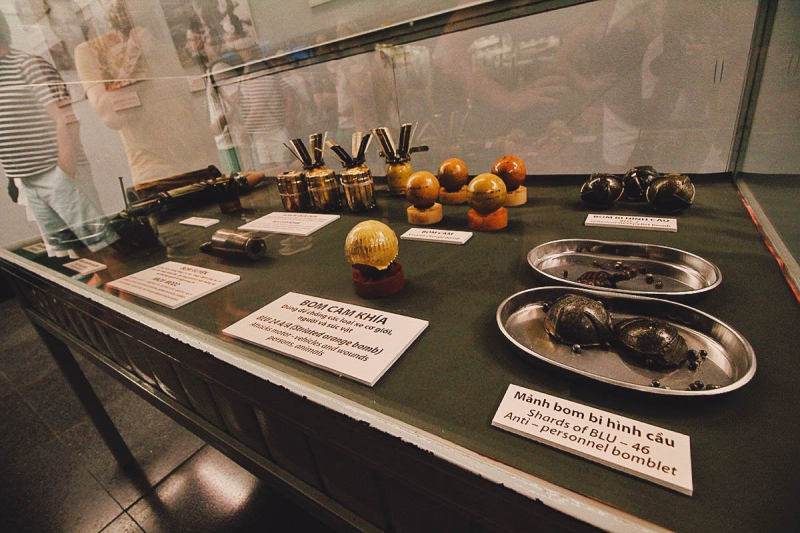
War Remnants Museum -
A popular day trip from bustling Ho Chi Minh City is a cruise through the Mekong Delta's lush system of rivers, islands, and channels dotted with palm trees. It provides an interesting look into the way of life of the people whose lives depend on this hazardous river.
The delta, which covers an area of roughly 40,000 square kilometers and produces 90% of the nation's exports and more than half of its grain, is well-known for its floating markets, which typically take place in the morning. Tours to the delta usually begin in Ho Chi Minh City and include a 70-kilometer journey to My Tho, a market town on the banks of the Mekong River
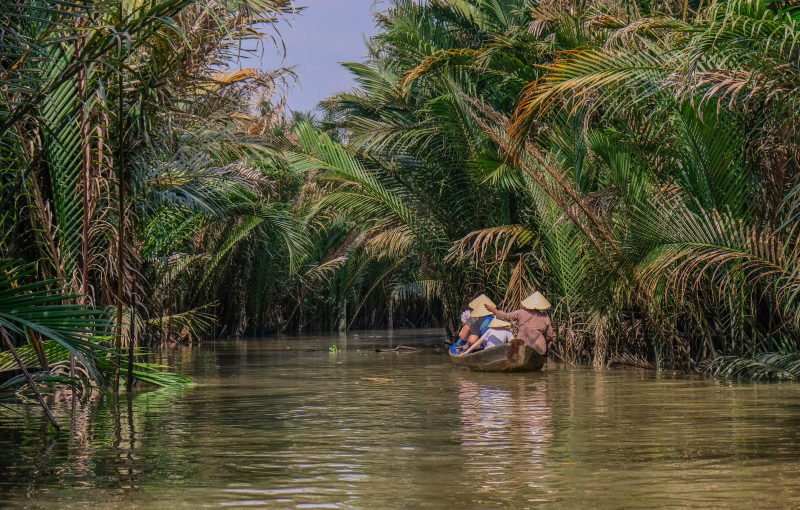
Mekong Delta 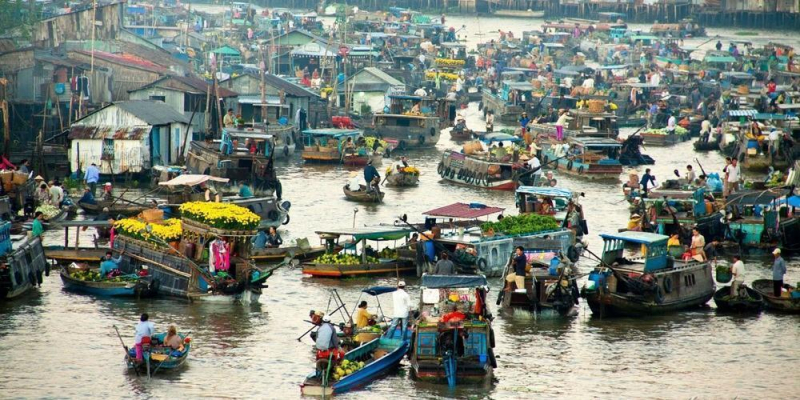
Mekong Delta -
Families with small children and everyone who enjoys lighthearted traditional entertainment can visit the Golden Dragon Water Puppet Theatre. Vietnamese water puppetry has been performed for more than a century and has its origins in the rural Red River Delta villages.
The captivating 50-minute show gives a look into the culture of the nation. It's presented in Vietnamese, but the strength of the puppet characters, both people and animals, transcends the language barrier. Live music enhances the experience; the talented musicians play age-old instruments like two-stringed violins and bamboo flutes.
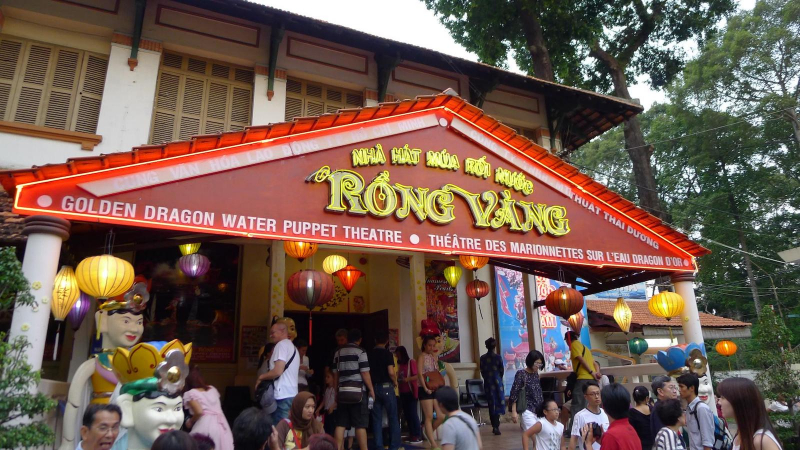
Golden Dragon Water Puppet Theatre 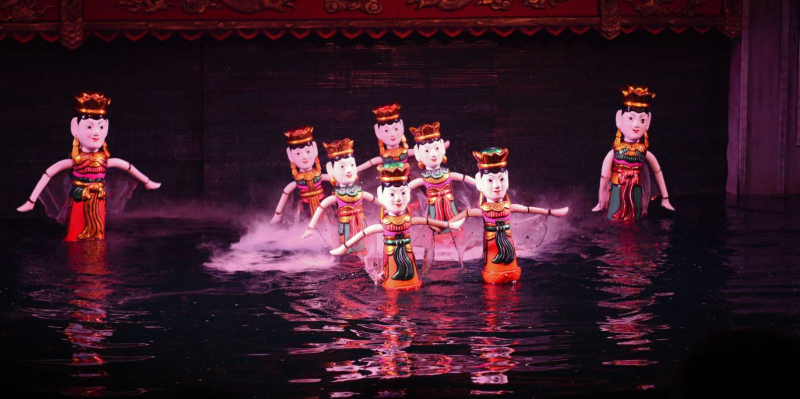
Golden Dragon Water Puppet Theatre -
One of the top attractions in Ho Chi Minh City's Chinatown (ChoLon) and one of the city's oldest Chinese temples is the Thien Hau Temple, which dates to the late 19th century. This beautiful temple was built with many Chinese materials and is dedicated to the Lady of the Sea, Thiên Hau. Both tourists and locals come here to pray.
Beginning with entering the green wrought-iron gates and making your way across the small courtyard. From here, you can see the goddess statues that are on the altar as well as the exquisite porcelain dioramas that adorn the roof depicting scenes from 19th-century Chinese life. On the 23rd day of the third lunar month, a parade featuring a figure of Thien Hau, who is believed to save seafarers who are stranded on the high seas, takes place in the neighborhood.
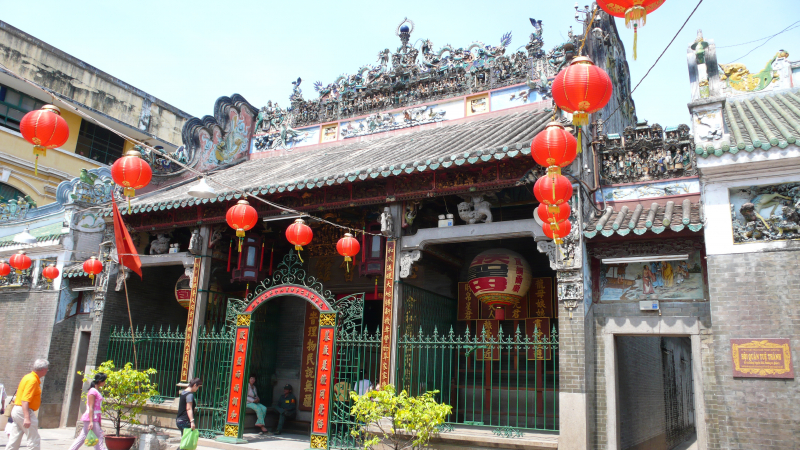
Thien Hau Temple, Chinatown 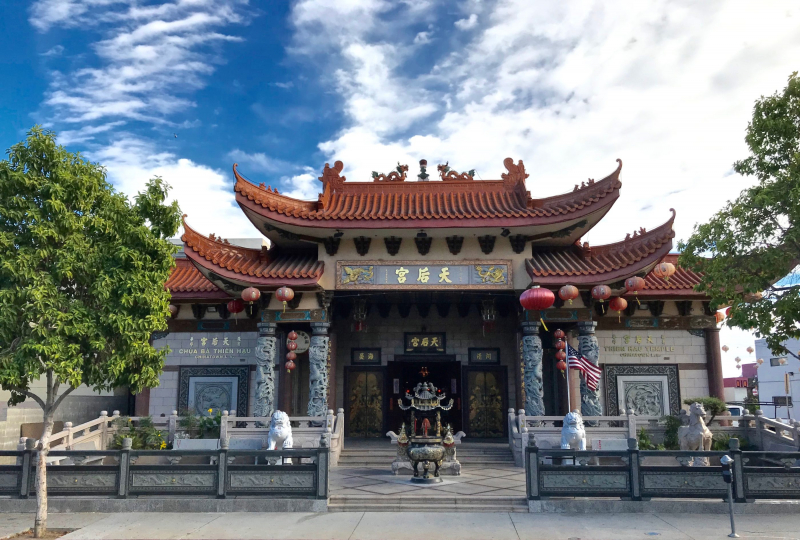
Thien Hau Temple, Chinatown -
The red-brick Notre Dame Cathedral, a remarkable example of Neo-Romanesque architecture, is a distinctive landmark in the center of Ho Chi Minh City. With iron spires on top, the twin square towers stand over 60 meters above the city.
The cathedral was constructed between 1877 and 1883 with the intention of serving as both a place of prayer for the colonial missions and a symbol of the power of the French colony. The two bell towers' clock, which is made of red Marseille bricks, was constructed in Switzerland in 1887. The inside of the building is notable for its 56 stained glass squares by French artist Lorin from Chartres, the 12 pillars representing the 12 apostles; and one of Vietnam's oldest organs. You can arrive early in the day or go on a Sunday to see the interior.
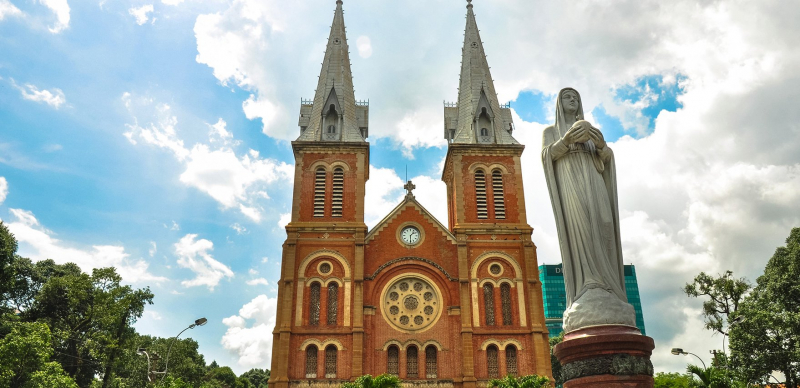
Notre Dame Cathedral Basilica of Saigon 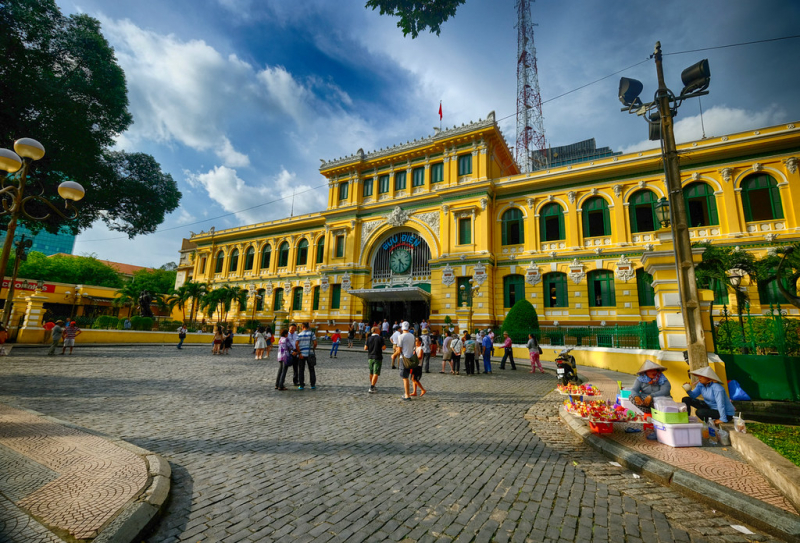
The Post Office -
The elegant Saigon Opera House, also known as The Municipal Theatre of Ho Chi Minh City, is eye candy for architectural enthusiasts, particularly lovers of the French colonial style.
It is located at the beginning of the famed tree-lined Le Loi Avenue. French architect Eugene Ferret built it as Opera de Saigon in 1897 to entertain French colonists. Its eye-catching front is similar to the Petit Palais, which was also constructed in Paris that same year. After 1956, the structure served as the Lower House Assembly's office before being transformed back into a theater in 1975. You must buy a ticket to a show in order to see the theater's interior. Tickets are offered at the box office or local travel agencies.
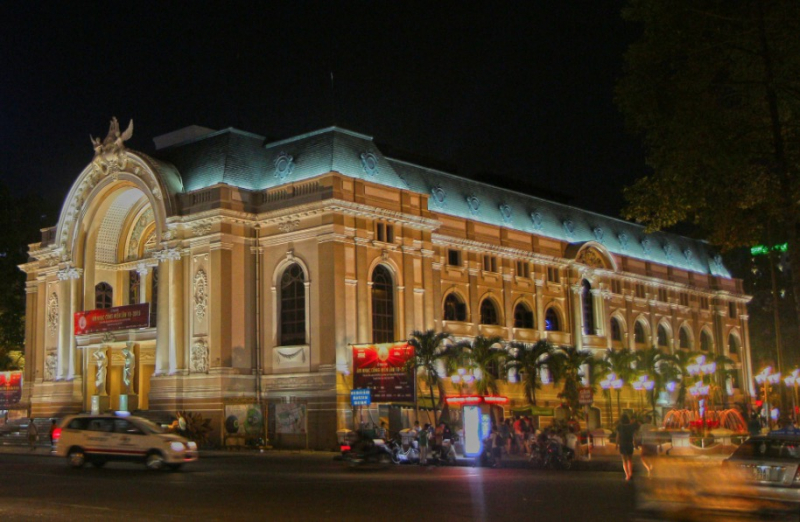
Saigon Opera House 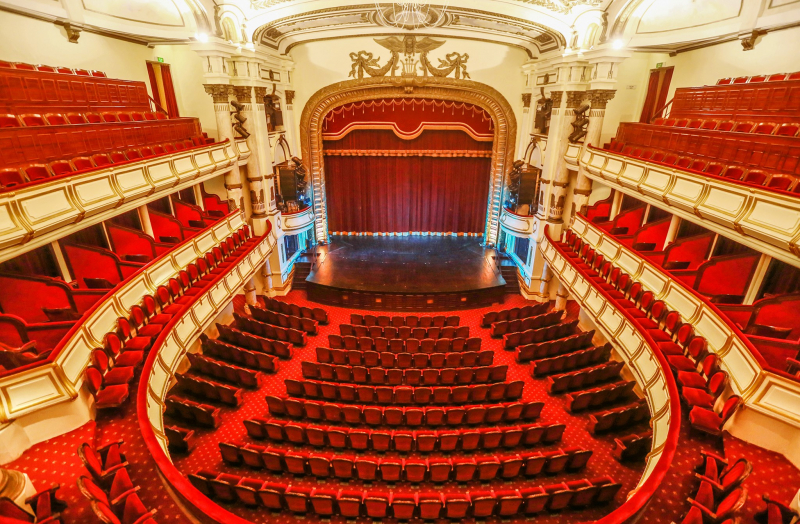
Saigon Opera House -
The historic events that took place at the Reunification Palace, formerly known as Independence Palace. In fact, this 1960s-style structure with its spacious, light-filled interiors and dated furnishings appear to have remained unchanged since the Vietnam War's end on April 30, 1975, when a North Vietnamese army tank smashed through the iron gates here.
For the locals, the palace symbolizes both this monumental event and the nation's reunion. The palace, which is located on 44 acres of beautiful lawns and gardens, gives an interesting look into the way of life of privileged heads of state in Saigon in the 1960s. There are military vehicles outside, including the tank 843 and the fighter jet that crashed through the gate of the Norodom Palace on that fateful day in April more than forty years ago. English-speaking tour guides are available.
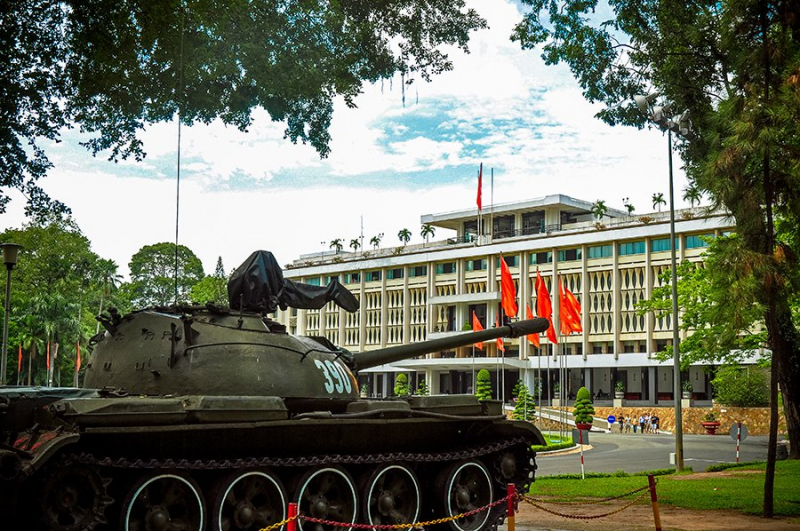
Reunification Palace 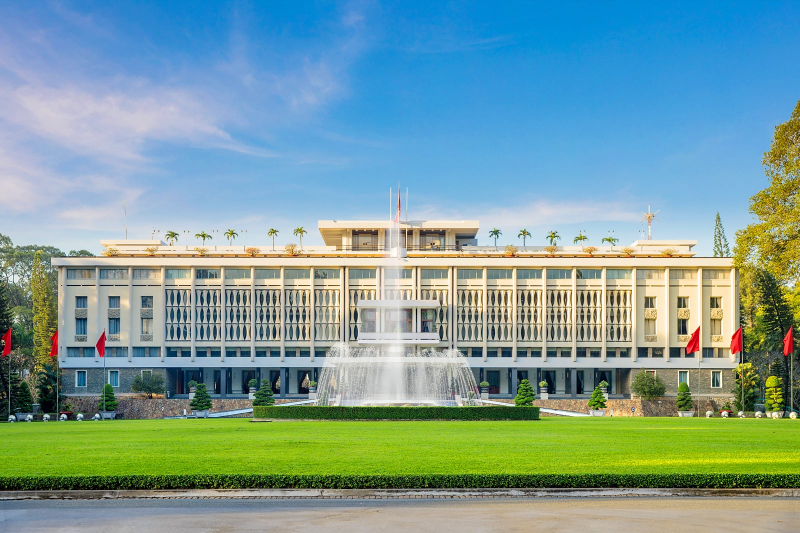
Reunification Palace -
Even if just to see the crowded stalls and market chaos, Ben Thanh Market is always the best stop-place for tourists. Everything from local favorites, fish, flowers, and tropical fruits to shoes, clothing, colorful candy, and souvenirs are piled high on the stalls. Make sure any valuables are safe and hidden because pickpockets are notorious in the markets.
After that, take a three-minute walk to Saigon Square for a somewhat less hectic shopping experience with the additional benefit of air conditioning. You can get great bargains on everything from jewelry and shoes to clothing and backpacks here. Both places are used to haggling.
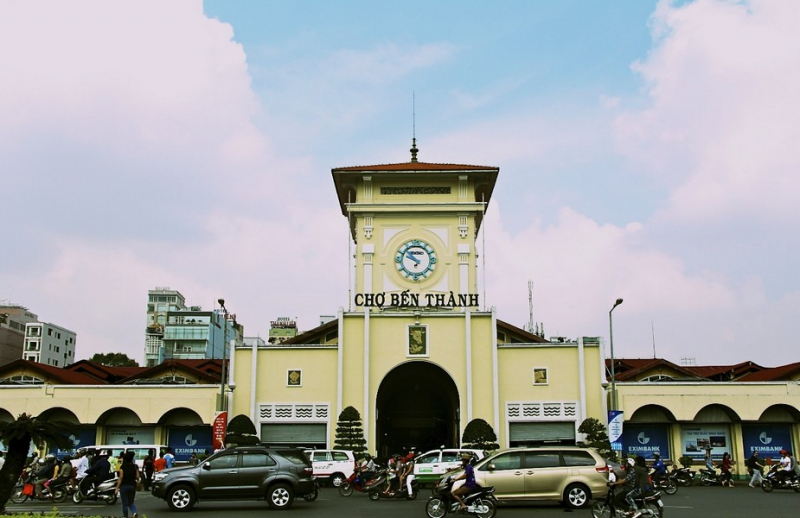
Ben Thanh Market 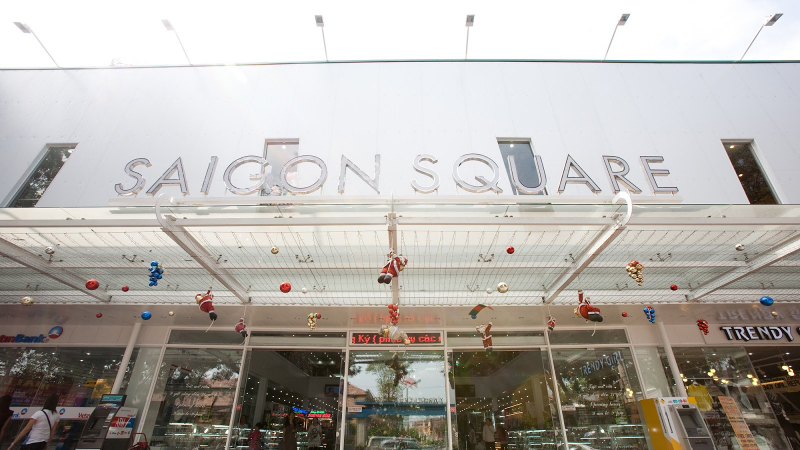
Saigon Square -
The Museum of Vietnamese History, located on the grounds of the botanic gardens, shows the evolution of the nation's culture from the Bronze Age through the early 20th century.
The museum's structure was constructed in 1929 and combines French and Asian architectural styles. The exhibits include artifacts from former ethnic groups in Vietnam, such as the Dong Son, Funan, Khmer, and Cham civilizations, and are developed over time. The sculptures made of stone and bronze, artifacts from Angkor Wat, and the well-preserved mummy are all truly interesting. In the small theater of the museum, water puppet shows are performed hourly for an additional cost (except during lunch).
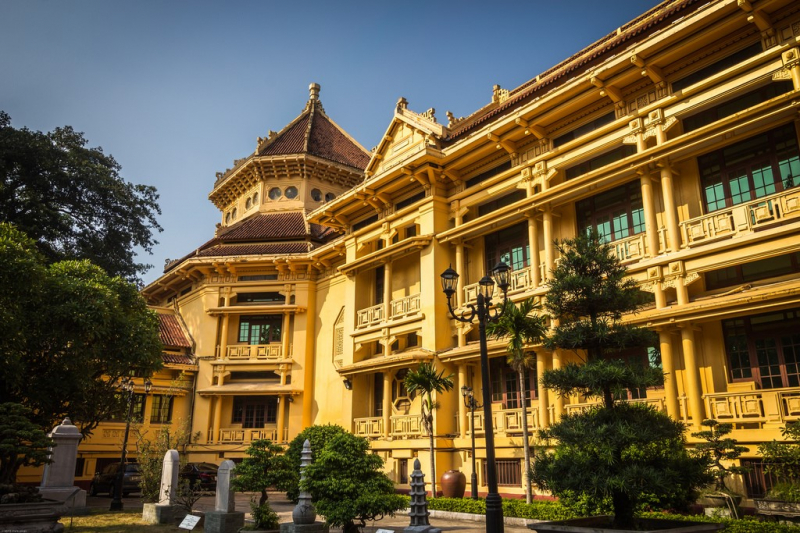
Museum of Vietnamese History 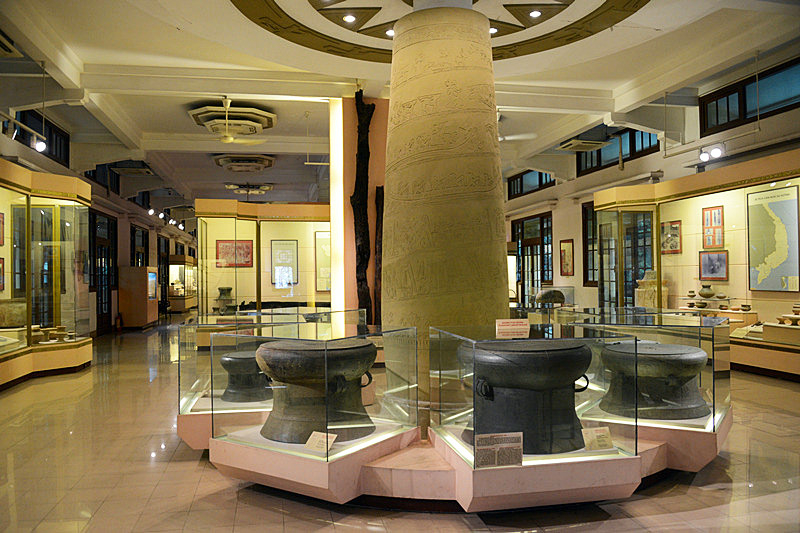
Museum of Vietnamese History












